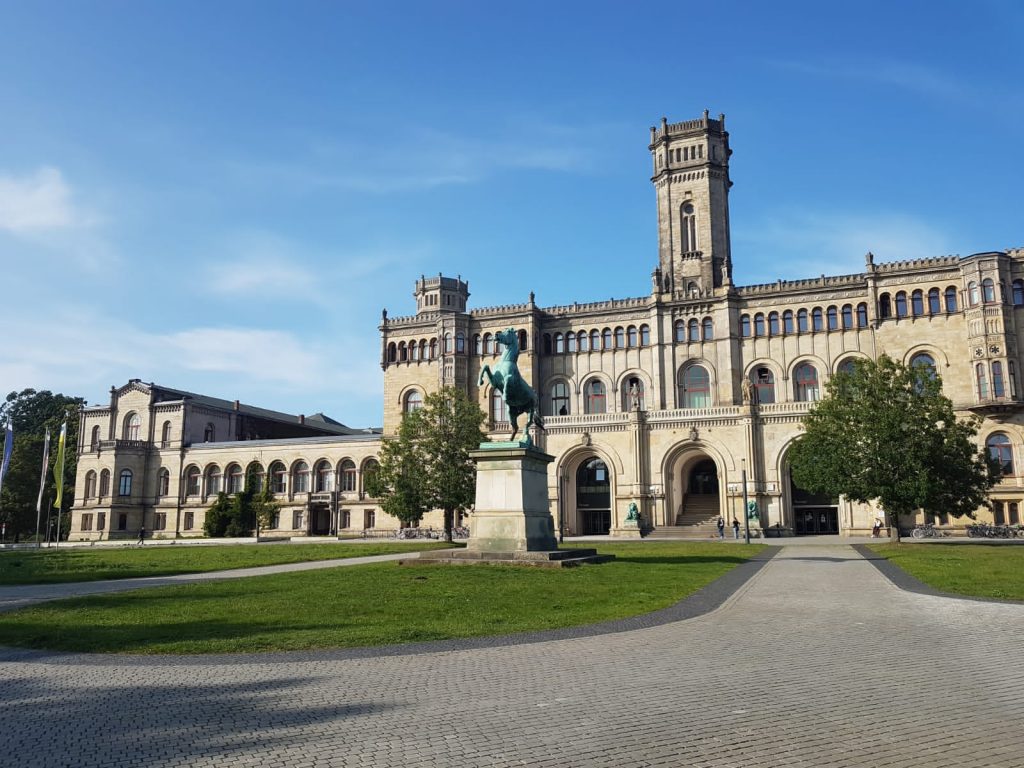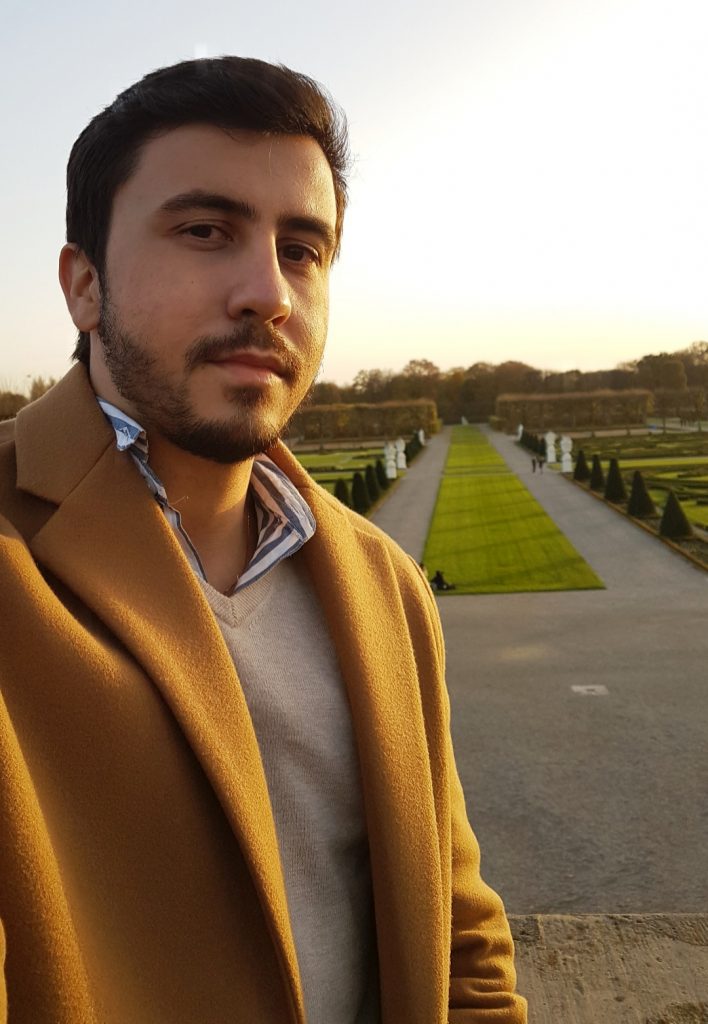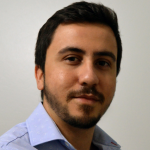This blog aims to point out the challenges to start my participation in the project and my impressions of the first three months.
Five months before completing my master’s degree at the University of São Paulo in Brazil, I received the news that I had been selected to integrate the PETER consortium. Thereby, the opportunity of working in the largest applied research organization in Europe – the Fraunhofer Gesellschaft – and continuing research within the smart grid’s scope further motivated me to complete my master’s research.
My great enthusiasm to fly to Germany and to start working on the PETER project was seriously tempered due to the COVID-19 pandemic outbreak. From the second half of March 2020, the EU commission adopted travel restrictions from third countries into the EU. In parallel, the German consulates in Brazil suspended all-type visa applications for an undetermined time. From then on, I experienced significant stress and anxiety. The thoughts kept crossing my mind on how this unforeseen circumstance would affect my future. Meanwhile, Brazil’s pandemic situation started worsening over the weeks, making me believe I would not be physically able to take up the long-awaited position.
One of the key pieces to keep my hope alive was my host institution itself – Fraunhofer Institute for Technological Trend Analysis INT. They were extremely helpful and willing to assist me with whatever I needed to get my visa. Additionally, I was encouraged to participate in the PETER’s first Network Wide Event (NEW) to better integrate myself into the consortium. Therefore, I would say that I could not have had better support from my supervisors and administrative colleagues from INT. Despite not having travelled yet at that point, I felt incredibly honoured to have the assistance of such competent and helpful professionals.
Luckily, I was able to apply for a work visa when the German consular services started returning in the middle of July. Aiming at speeding up the process, both the Fraunhofer INT and the PETER consortium coordination provided the German Consulate support letters emphasizing my trip’s urgency. Consequently, my work visa took less than one week to be issued, making my trip to Cologne possible on the 2nd of August.

Figure 1. My journey crossing the Atlantic Ocean.
I must confess my almost 22-hour journey from my hometown (Uberaba) to Cologne was very demanding, given the countless means of transportation I had to take under the new pandemic measures (e.g., wearing a mask all the way and just taking it off to eat). As soon as I arrived in Germany, I faced the 2-hour queue to take the COVID test and headed straight to my accommodation. Hours later, I received the Cologne Health Department’s soothing notice releasing me from quarantine given I had tested negative. Only then I could breathe freely and walk around the beautiful Cologne with a feeling of gratitude for being able to start such an essential cycle in my life.

Figure 2. The vibrant city of Cologne during summertime.
The new reality of COVID-19 has drastically affected how we work, establishing the home office concept with more intensity. As my initial activities were more theoretical, working remotely did not affect my progress since I just needed access to the company database. At the same time, I was not totally limited to frequent my host institution – Fraunhofer INT, located in Euskirchen, which is approximately 45 kilometres from Cologne. In my few trips to INT, practicing the social distancing measures, I could meet and interact with my colleagues from our business unit, known as Electromagnetic Effects and Threats. Although I have not started any experiment yet, I could also visit INT’s most modern lab facilities available for use.
After two months working at Fraunhofer INT, I had the opportunity to come to Hannover, where my doctorate university – The Leibniz Universität Hannover (LUH) – is located. At the exact time I am writing this blog, it turned one month I arrived in Hannover. Despite the new restrictions imposed by the partial lockdown in Germany, which further restricted the measures, the experience of working in a different environment has been incredible. In addition to attending the EMC and Risk Analysis courses, along with the EMI lab tutorials, offered by the Electromagnetic Compatibility Department, I have had the opportunity of working in closer collaboration with Samikshya Ghosalkar (ESR 1) and Arash Nateghi (ESR 2). Apart from my EMI-oriented colleagues, I have been taking advantage of networking with LUH’s wide range of experts. As my focus on the PETER project is the smart grid application, discussions with colleagues from the LUH’s Power Engineering department have already generated enriching insights for my research.

Figure 4. LUH’s main building.

Figure 5. Sunset walks in the charming Hannover.
Although 2020 was a challenging year and full of new changes, I feel all the events somehow strengthened my resilience and adaptation to new scenarios. Even under the COVID-19 circumstances, my first three months on the PETER project seemed to be way longer, given how much I learned from a professional and personal perspective.

Figure 6. A Saturday afternoon in Hannover’s afternoon in Hannover’s Herrenhausen Gardens.
About the Author: Fernando Ribeiro Arduini
 Fernando holds a B.Sc. in Electrical Engineering from the Federal University of Triângulo Mineiro in Brazil. He completed part of his studies at the University of Glasgow in the United Kingdom, where he also performed an internship on wind energy integration into the power grid. In 2019 and 2020, respectively, he accomplished his M.Sc. degree in Power Systems and MBA in Business Management with Distinction, both from the University of São Paulo in Brazil. His Master’s thesis was focused on emerging hardware and software Fault Ride-Through strategies applied to DFIG-based wind turbines. In 2019, Fernando worked at CITCEA-Barcelona Tech, Spain, on the modelling and integration of Superconducting Fault Current Limiters applied to smart grids applications.
Fernando holds a B.Sc. in Electrical Engineering from the Federal University of Triângulo Mineiro in Brazil. He completed part of his studies at the University of Glasgow in the United Kingdom, where he also performed an internship on wind energy integration into the power grid. In 2019 and 2020, respectively, he accomplished his M.Sc. degree in Power Systems and MBA in Business Management with Distinction, both from the University of São Paulo in Brazil. His Master’s thesis was focused on emerging hardware and software Fault Ride-Through strategies applied to DFIG-based wind turbines. In 2019, Fernando worked at CITCEA-Barcelona Tech, Spain, on the modelling and integration of Superconducting Fault Current Limiters applied to smart grids applications.


